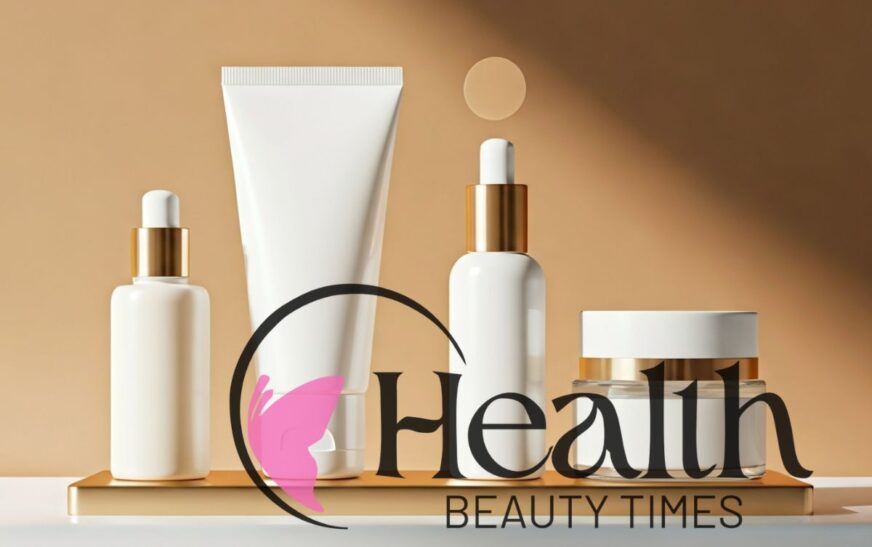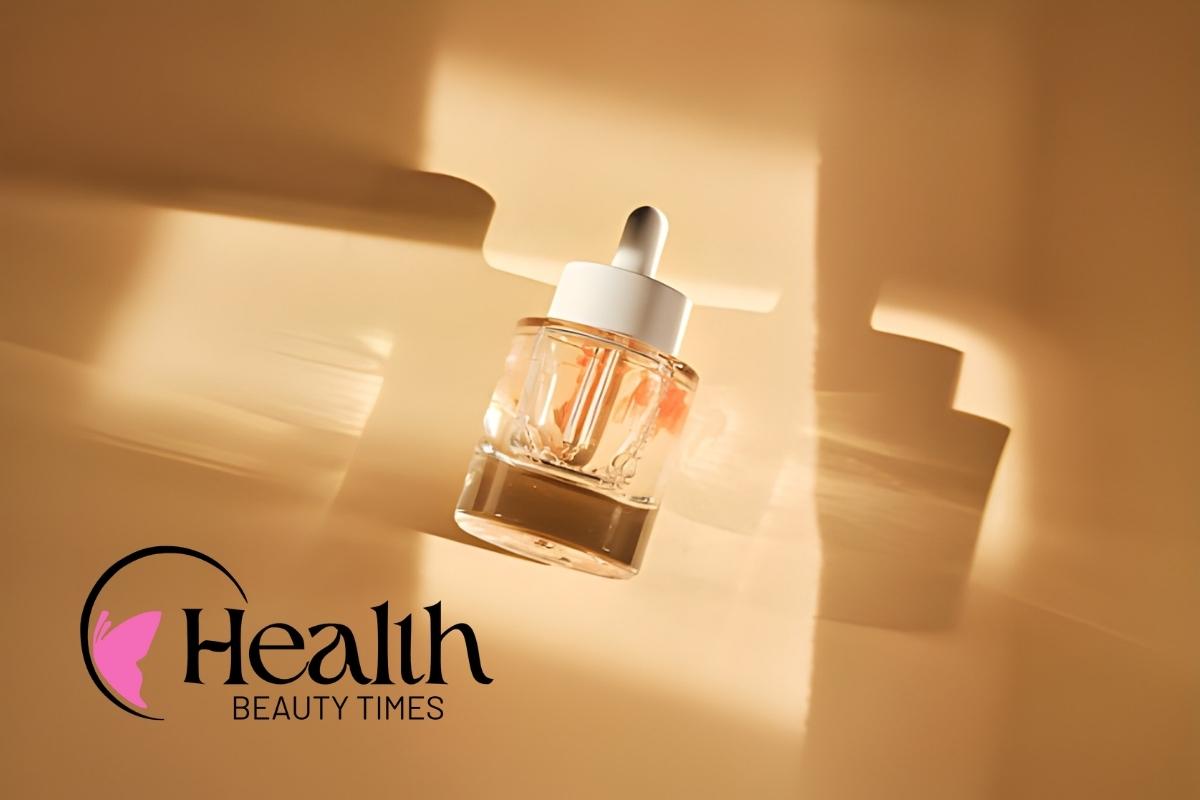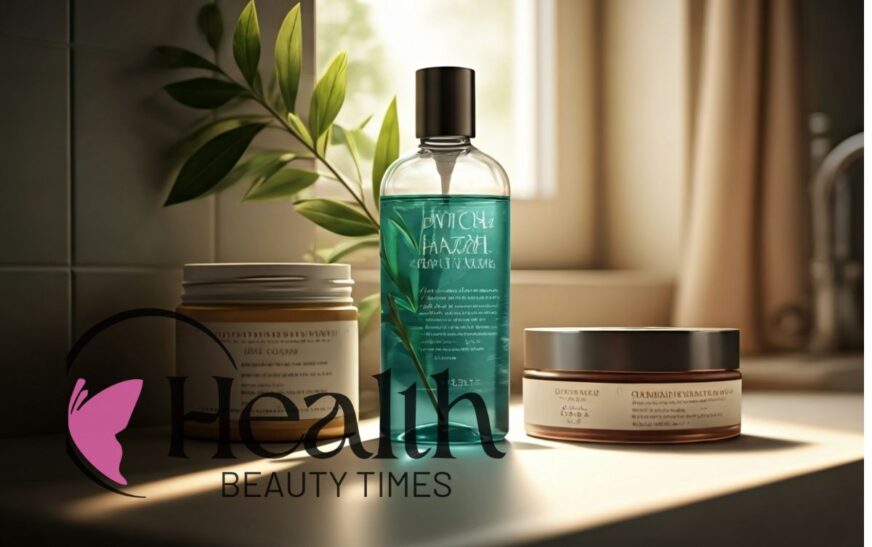Introduction
A well-structured skincare routine can be the cornerstone of achieving healthy skin. Understanding the correct order of application is essential for optimising the benefits of each product while targeting specific skin concerns. Whether battling excess oil, signs of ageing, or dry patches, initiating your day and ending your night with the right sequence promotes skin’s natural barrier and overall complexion. This guide will empower you with the knowledge needed to build an effective skincare regimen tailored to your skin type and unique needs.
Understanding the Importance of Skincare Routine Order
Establishing your skincare routine order is essential for achieving optimal results. Each product serves a unique purpose, and applying them in the correct sequence maximises their efficacy. For instance, a gentle cleanser prepares the skin for subsequent treatments, while serums infused with active ingredients—like vitamin C and hyaluronic acid—penetrate deeper when layered properly. Disregarding the sequence can lead to ineffective results, as thicker products may not absorb well if applied before lighter ones, compromising skin health and your journey to clear skin.
Why Does Sequence Matter in Skincare?
The sequence of applying skincare products is crucial, as it maximises the effectiveness of each product. Products need to penetrate the skin properly, and applying them in the correct order ensures that active ingredients work synergistically, providing optimal results for your skin.
Effects of Applying Products Out of Order
Product application in the wrong sequence can significantly hinder your skincare routine’s effectiveness. For instance, layering thicker creams before lighter serums can prevent absorption, leaving the skin deprived of vital nutrients. Active ingredients like salicylic acid or retinol may lose potency when improperly applied, leading to missed opportunities for clearer skin. Moreover, certain combinations may irritate sensitive skin or exacerbate conditions like dryness, resulting in a compromised skin barrier. Following the proper order ensures optimal outcomes and enhances skin health.
Morning vs. Night Skincare Routine: Key Differences
Each time of day demands a different focus in your skincare routine. The morning routine is primarily about protection and hydration, incorporating products like vitamin C and sunscreen to safeguard against UV rays and free radicals. Meanwhile, the night routine prioritises repair and regeneration, utilising actives such as retinol to combat signs of ageing and promote skin renewal. Understanding these differences helps in crafting an effective regimen tailored to your skin’s needs, ultimately enhancing skin health and achieving the best results for your specific skin concerns.
Core Goals of Morning Skincare
Creating a balanced morning skincare routine aims primarily to refresh and protect the skin. This routine typically begins with a gentle cleanser to eliminate overnight impurities, followed by a hydrating toner that helps restore pH levels. Active ingredients like vitamin C serums play a crucial role, targeting free radicals and brightening the skin. Additionally, applying a moisturiser locks in hydration, while broad-spectrum sunscreen safeguards against UV rays and helps prevent premature ageing. These foundational steps ensure a radiant and healthy complexion throughout the day.
Core Goals of Night Skincare
Focusing on skin recovery is pivotal for a successful nighttime skincare routine. This period allows for deeper penetration of active ingredients, such as retinol and hyaluronic acid, promoting cell turnover and hydration. Addressing specific skin concerns, such as fine lines or dark spots, is essential at this stage; products containing glycolic acid can aid in this process. Lastly, enhancing the skin’s natural barrier supports overall skin health, allowing for optimal repair and hydration, ensuring a fresh and rejuvenated complexion by morning.
What You’ll Need to Start Your Skincare Routine
Starting a skincare routine requires a few essential products to effectively address your skin’s needs. Begin with a gentle cleanser to ensure clean skin, followed by a toner or essence that can restore hydration and balance. Incorporating a serum, such as vitamin C for brightening or hyaluronic acid for moisture, is crucial. Additionally, a good moisturiser will help maintain your skin barrier, while sunscreen is a must for daily use. Optional tools, like a cotton pad for toners and a night cream, can enhance your routine further.
Essential Products for Beginners
A gentle cleanser is the cornerstone of any effective skincare routine, ensuring clean skin free from impurities. Next, a hydrating toner or essence can help balance the skin’s pH and prepare it for subsequent products. Incorporating a vitamin C serum offers antioxidant protection against free radicals, while a lightweight moisturiser hydrates and supports the skin barrier. For those concerned with specific skin issues, including dark spots or fine lines, eye cream and targeted spot treatments can further enhance results. These essentials pave the way for a solid foundation in skincare.
Optional Add-ons and Tools
Incorporating certain add-ons and tools can enhance your skincare experience significantly. For instance, facial rollers can improve product absorption and stimulate lymphatic drainage, promoting clear skin. Additionally, a gua sha tool can aid in reducing puffiness and fine lines. Illuminating masks, often packed with hyaluronic acid and vitamin C, can offer an instant boost to your skin’s radiance, addressing dry patches and uneven texture. For those focused on specific skin concerns, tools like LED devices can target issues such as wrinkles and pigmentation effectively.
Step-by-Step Guide: Building Your Skincare Routine
Crafting an effective skincare routine begins with cleansing, either a gentle single cleanse or an invigorating double cleanse, to remove impurities. Next, incorporating a toner or essence helps prep the skin for subsequent products, enhancing their absorption. Serums, such as vitamin C and hyaluronic acid, target specific skin concerns like dark spots or fine lines. Eye cream is used to address tired eyes, while spot treatments tackle localised issues. The final steps include a moisturiser to hydrate and sunscreen for daytime protection, ensuring optimal skin health.
Step 1: Cleansing (Single & Double Cleansing Explained)
A clean canvas is essential for any effective skincare routine. Single cleansing involves using a gentle cleanser to remove surface impurities, making it suitable for those with light makeup or minimal pollution exposure. For a more thorough approach, double cleansing is recommended, particularly for individuals using heavier products or those exposed to environmental stressors. This method starts with an oil-based cleanser, breaking down makeup and excess oils, followed by a water-based cleanser to eliminate remaining residues. This two-step process ensures that the skin’s natural barrier remains intact, setting the stage for optimal product absorption.
Step 2: Toner or Essence
The function of a toner or essence is pivotal in enhancing the skin’s hydration and preparing it for subsequent products. Toners often contain astringent properties, helping to balance sebum production and refine pores, particularly beneficial for oily skin or those struggling with excess oil. Essences, on the other hand, deliver concentrated active ingredients like hyaluronic acid or vitamin C, targeting specific skin concerns such as dryness or fine lines. Incorporating these products after cleansing ensures that your skin is primed to absorb the nutrients from serums and treatments for optimal results.
Step 3: Serums (Including Vitamin C, Hyaluronic Acid, Actives)
Incorporating serums into a skincare routine significantly enhances their effectiveness. Targeting specific skin concerns, serums like vitamin C brighten the complexion and combat free radicals, while hyaluronic acid boosts hydration, keeping skin plump and dewy. Active ingredients such as salicylic acid or glycolic acid address acne and improve skin texture, ensuring a radiant appearance. The rule of thumb for applying serums is to use lighter formulations first, as they absorb more readily. This key step optimises the benefits, leading to healthy skin and a youthful glow.
Step 4: Eye Cream
Applying eye cream effectively targets the unique needs of the delicate skin around your eyes. This step minimises the appearance of dark circles, fine lines, and puffiness, allowing you to address specific skin concerns. Using your ring finger is a gentle way to tap the product onto this fragile area, ensuring you don’t apply too much pressure. Opt for a formula containing active ingredients like vitamin C or hyaluronic acid to hydrate and brighten, keeping in mind the importance of incorporating this step into your skincare routine for optimal results.
Step 5: Spot Treatments
Applying spot treatments correctly can significantly enhance your skincare routine’s effectiveness. These targeted products, often containing active ingredients like salicylic acid or benzoyl peroxide, work to address specific skin concerns such as dark spots or acne. It’s best to apply spot treatments on clean skin after serums, ensuring they directly target blemishes without interference. The application should be minimal, using your ring finger to gently dab product onto problem areas. Consistent use can lead to clearer skin and minimise the risk of scarring over time.
Step 6: Moisturiser
The finale of your skincare routine emphasises the importance of a quality moisturiser. This product serves as a protective layer, sealing in the benefits derived from previous steps. Opt for formulations that cater to your skin type, whether it be a lightweight gel for oily skin or a richer cream for dry patches. Key ingredients like hyaluronic acid and vitamin E can enhance hydration while also supporting the skin’s natural barrier. Embracing this step ensures your complexion remains plump, smooth, and resilient against environmental stressors.
Step 7: Sunscreen (Morning Only)
A morning routine isn’t complete without the application of sunscreen, which serves as a shield against harmful UV rays. The American Academy of Dermatology recommends using a broad-spectrum sunscreen to protect your skin from both UVA and UVB damage, thus preventing premature ageing and reducing the risk of skin cancer. It’s vital to apply this as the last step of your skincare routine to lock in moisture while enhancing the skin’s barrier. Choose a sunscreen with at least SPF 30 to ensure optimal protection against free radicals.
Step 8: Face Oils (Optional)
Incorporating face oils into your skincare routine can be particularly beneficial for enhancing overall skin health. These thicker products provide an extra layer of hydration and can help nourish the skin barrier, locking in moisture and combating dryness. Rich in active ingredients like vitamin E or essential fatty acids, face oils may also address specific skin concerns such as fine lines or dark spots. Applying face oils as the last step can seal in the benefits of previous products, contributing to a radiant, healthy complexion.
Step 9: Retinol & Exfoliation (Night Only)
Incorporating retinol into your nighttime skincare routine is crucial for addressing signs of ageing, such as fine lines and uneven skin texture. This active ingredient promotes cell turnover, allowing your skin to reveal a fresher appearance. Exfoliating, whether through chemical exfoliants like glycolic acid or physical scrubs, can enhance this process by sloughing away dead skin cells. Always apply these products as the last step of your routine to maximise their potency while ensuring your skin’s natural barrier remains intact overnight.
How to Modify Your Routine for Different Skin Types
Adjustments to a skincare routine can significantly enhance skin health. For dry skin, prioritising ultra-hydrating ingredients like hyaluronic acid and thicker moisturisers will help combat dryness and strengthen the skin’s natural barrier. Those with oily skin should seek lightweight serums and gel-based moisturisers while incorporating salicylic acid to manage excess oil. Combination skin often requires a balanced approach, using targeted treatments for specific skin concerns like dark spots or fine lines while ensuring overall hydration. Tailoring your routine ensures optimal results across different skin types.
Adjustments for Dry Skin
For those with dry skin, adjusting the skincare routine is essential for maintaining a healthy skin barrier. Start by incorporating hydrating ingredients like hyaluronic acid and glycerin into every step, ensuring that moisture is locked in. Opt for a gentle cleanser that won’t strip natural oils, followed by a rich moisturiser. Including a nighttime eye cream can also combat dryness around the delicate eye area. Always finish your routine with a thicker product to seal in hydration and provide relief from dry patches and fine lines.
Adjustments for Oily and Combination Skin
Tailoring a skincare routine for oily and combination skin involves strategic selection of products. Cleansing twice, or double cleansing, can help eliminate excess oil without stripping the skin’s natural barrier. Lightweight, oil-free moisturisers work well to maintain hydration without exacerbating shine. Incorporating active ingredients like salicylic acid can target pores and prevent breakouts. Regular exfoliation with glycolic or lactic acid refines skin texture and minimises the appearance of fine lines. By focusing on gel-based toners and spot treatments, the best results are achieved while addressing specific skin concerns.
Conclusion
Achieving healthy skin involves more than just using quality skincare products; it’s about understanding and respecting the proper order of application. Following a well-structured skincare routine can optimise the benefits of active ingredients like hyaluronic acid and vitamin C, effectively addressing specific skin concerns such as dryness or dark spots. Ultimately, prioritising the correct sequence enhances the skin’s natural barrier and promotes overall skin health. By being mindful of the routine, one can pave the way toward radiant and youthful-looking skin.
Frequently Asked Questions
Should serums go before or after moisturiser?
Serums should be applied before moisturiser. This ensures that the active ingredients in serums can penetrate deeply, delivering maximum benefits. Moisturisers then create a barrier, sealing in hydration and nutrients, enhancing the overall effectiveness of your skincare routine.
Where does sunscreen fit into my routine?
Sunscreen should be the final step in your morning skincare routine, applied after moisturiser. This ensures your skin is protected from harmful UV rays throughout the day. Remember to reapply every two hours for optimal protection against sun damage.
How do I layer actives like retinol or vitamin C?
To effectively layer actives like retinol and vitamin C, apply vitamin C first in the morning for antioxidant protection. Follow with retinol at night, allowing it to absorb completely before adding other products. This sequence maximises benefits while minimising irritation.
Can using products in the wrong order reduce effectiveness or cause irritation?
Yes, applying skincare products out of order can significantly reduce their effectiveness and potentially irritate the skin. Ingredients may not penetrate properly or interact negatively, leading to issues like breakouts or dryness. Following the correct sequence maximises benefits and enhances skin health.
Dont miss these; What Does a Toner Do? Discover Its Skin Benefits






